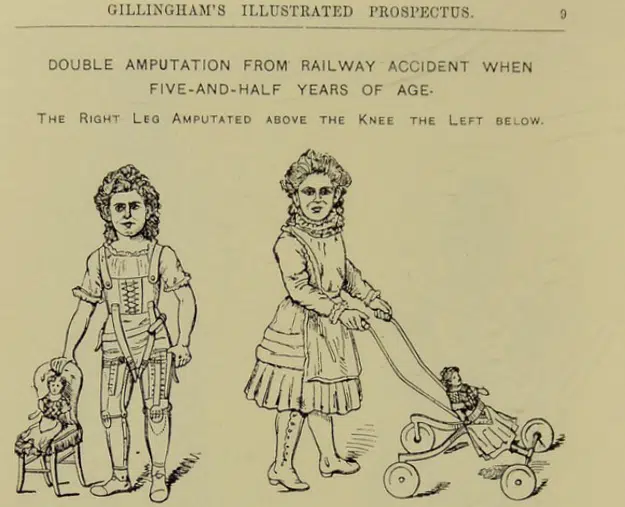
The Genius Prosthetics Historians Thought Were A Hoax
Featured in Ripley's Believe It or Not!

For a short time, a photo of a little girl in ornately laced prosthetic legs baffled historians. Some felt that the sophistication of her prosthesis would have been impossible at the turn of the century, but rumors circulated that her legs were the work of a genius shoemaker living in Chard, England.




